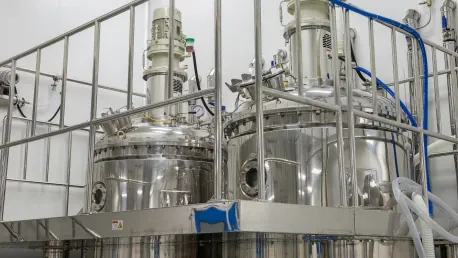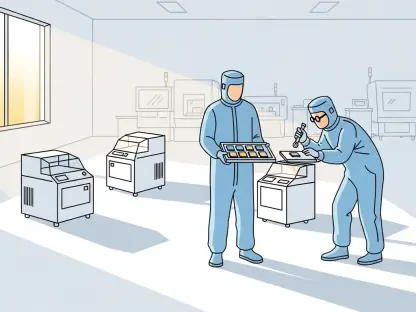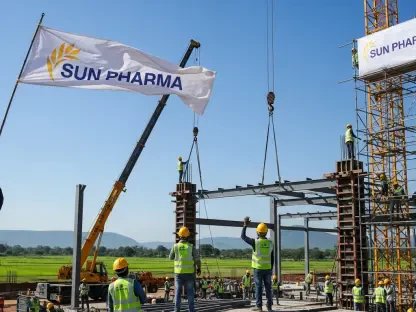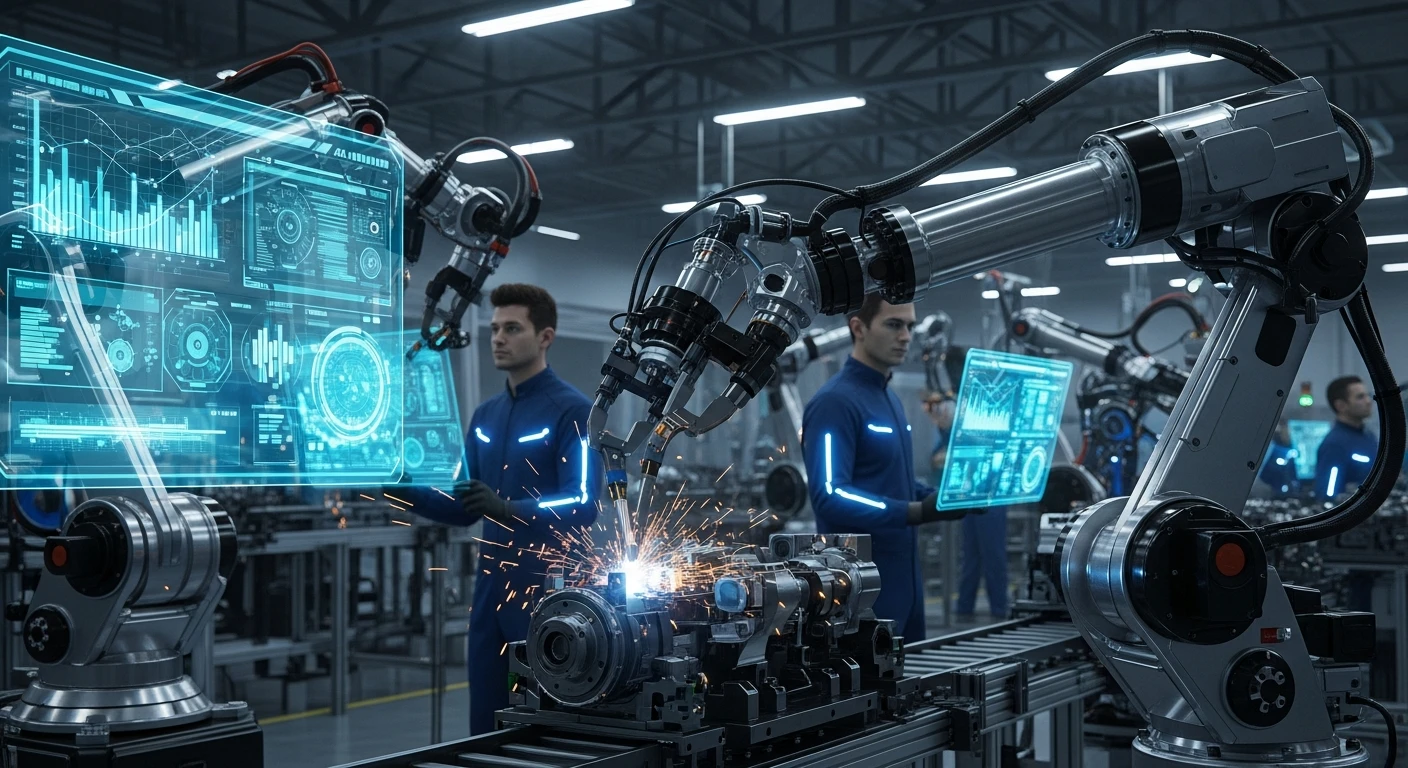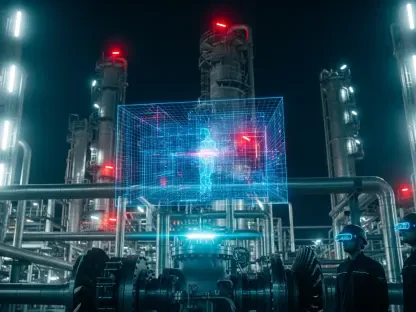The Clean-in-Place (CIP) Market is experiencing remarkable growth, driven by increasing demand across prominent industries such as food and beverage, pharmaceuticals, and dairy. These sectors are recognizing the pivotal role CIP systems play in ensuring efficient and consistent cleanliness without extensive downtime. By automating the cleaning process, these systems enhance productivity and facilitate compliance with stringent hygiene standards. This market expansion signifies the modern industry’s commitment to maintaining high sanitation levels while optimizing operational efficiency.
Key Drivers of CIP Market Growth
The rapid expansion of the CIP market can be attributed significantly to the stringent hygiene standards mandated within key industries. The food and beverage, pharmaceutical, and dairy sectors require robust cleaning protocols, and CIP systems deliver this impeccably by automating the cleaning process and upholding high sanitation standards. These automated systems reduce labor costs and downtime by eliminating the need for disassembly, ensuring optimal hygiene and productivity levels in these critical sectors.
Another essential factor driving CIP system adoption is regulatory compliance. Global regulatory bodies are enforcing stricter sanitation standards, compelling industries to incorporate advanced CIP systems to ensure product safety and maintain compliance. The imperative for adhering to these regulatory standards and guaranteeing the safety and quality of products incentivizes the adoption of sophisticated, reliable cleaning systems. This regulatory pressure encourages continuous innovation and investment in CIP technologies designed to meet evolving hygiene requirements.
Technological Advancements and Innovations
Technological advancements are at the forefront of the CIP market, significantly enhancing operational efficiency and sustainability. Innovations such as real-time monitoring and Internet of Things (IoT)-enabled CIP solutions provide the agility and adaptability required for modern industrial applications. These advancements allow for precise monitoring and control of cleaning processes, leading to more efficient operations and reduced resource consumption.
Additionally, the development of eco-friendly cleaning agents represents another critical innovation driving the CIP market. These agents promote sustainability by minimizing water and chemical usage, reflecting the growing emphasis on environmental conservation and efficient resource management. As industries increasingly prioritize environmental responsibility, the adoption of these sustainable cleaning solutions becomes more prevalent, further propelling the market’s growth. These technological innovations ensure that CIP systems not only meet hygiene standards but also align with broader sustainability goals.
Segmentation and Market Structure
The segmentation of the Clean-in-Place market based on system type, offering, and end-use industry provides a detailed understanding of its structure. Single-use and multi-tank CIP systems cater to different industrial needs, offering options ranging from low contamination risks to extensive process efficiency. Single-use systems are particularly beneficial for industries requiring frequent cleaning cycles, while multi-tank systems are ideal for large-scale processing plants due to their efficiency in managing comprehensive cleaning processes.
Moreover, the market is divided between solutions and services, highlighting its dual focus on providing advanced automated cleaning setups and supporting existing systems. Solutions encompass automated cleaning systems integrated with software, dominating the market for their comprehensive functionality and efficiency. On the other hand, service offerings include maintenance, validation, and retrofitting of existing CIP systems. These services have gained market traction for their role in prolonging the lifespan and maintaining the efficiency of CIP systems. This dual focus ensures that the market caters to both new installations and the continuous optimization of existing infrastructure.
Impact on Food and Beverage Industry
In the food and beverage sector, which holds the largest market share within the CIP industry, stringent hygiene standards and the quest for operational efficiency necessitate the use of advanced cleaning systems. The deployment of CIP systems guarantees optimal cleanliness, product safety, and minimized downtime, all critical for processes in beverage production, dairy plants, and breweries. These systems are integral in maintaining high hygiene standards, which are paramount to ensuring the safety and quality of consumable products.
The integration of technological sophistication with strict hygiene standards positions CIP systems as indispensable tools in the food and beverage industry, promoting both efficiency and compliance. Systems equipped with real-time monitoring and IoT capabilities allow for meticulous oversight of cleaning processes, further ensuring that hygiene standards are consistently met. The efficiency of these systems directly correlates to enhanced production capacities and reduced operational disruptions, underscoring their value within this sector.
Adoption in Pharmaceuticals and Other Industries
Similarly, the pharmaceutical industry’s embrace of CIP systems is driven by rigorous regulatory standards related to drug manufacturing. The automation within CIP systems ensures thorough and reliable cleaning processes, reducing contamination risks and maintaining product integrity. This adherence to stringent sanitation protocols is crucial for the pharmaceutical sector, where even minor contamination can have significant repercussions.
Other industries, including biotechnology, also benefit from the meticulous cleaning standards enabled by advanced CIP systems. These sectors rely on impeccable sanitation to guarantee the safety and efficacy of their products. The need for consistent and thorough cleaning solutions in these industries highlights the critical role of CIP systems in maintaining high standards of hygiene and regulatory compliance.
Country-Level Market Dynamics
The examination of country-level market dynamics reveals notable trends in the Clean-in-Place market. In the United States, the CIP market’s growth is driven by stringent FDA regulations in food and pharmaceutical manufacturing sectors. The country’s significant focus on automation and operational efficiency further propels the market. Conversely, Germany, with its well-established industrial sector, particularly in food processing and pharmaceuticals, emphasizes high-quality production and strict hygiene compliance, bolstering CIP system demand.
Emerging markets such as China and India demonstrate rapid industrialization and increasing investments in food safety and pharmaceutical manufacturing. Supportive government regulations for clean production processes and rising awareness of hygiene standards further accelerate market growth in these regions. These nations are becoming pivotal markets for CIP systems, reflecting broader industrial growth and increasing hygiene awareness.
Competitive Landscape and Key Players
The Clean-in-Place (CIP) Market is seeing significant growth due to the rising demand in key industries like food and beverage, pharmaceuticals, and dairy. These industries have come to understand the crucial importance of CIP systems in maintaining efficient and consistent cleanliness, all while minimizing downtime. By automating the cleaning process, CIP systems not only boost productivity but also ensure compliance with strict hygiene regulations. This growth in the CIP market reflects the modern industry’s dedication to upholding top-notch sanitation standards while enhancing operational efficiency. The expansion also highlights the sectors’ focus on innovation to streamline processes and reduce manual labor, showcasing a proactive approach in adapting to evolving industry requirements. In essence, the rise of the CIP market mirrors the broader commitment to maintaining high levels of cleanliness and hygiene, necessary for both consumer safety and regulatory compliance, which ultimately leads to better quality products and safer operational environments.
